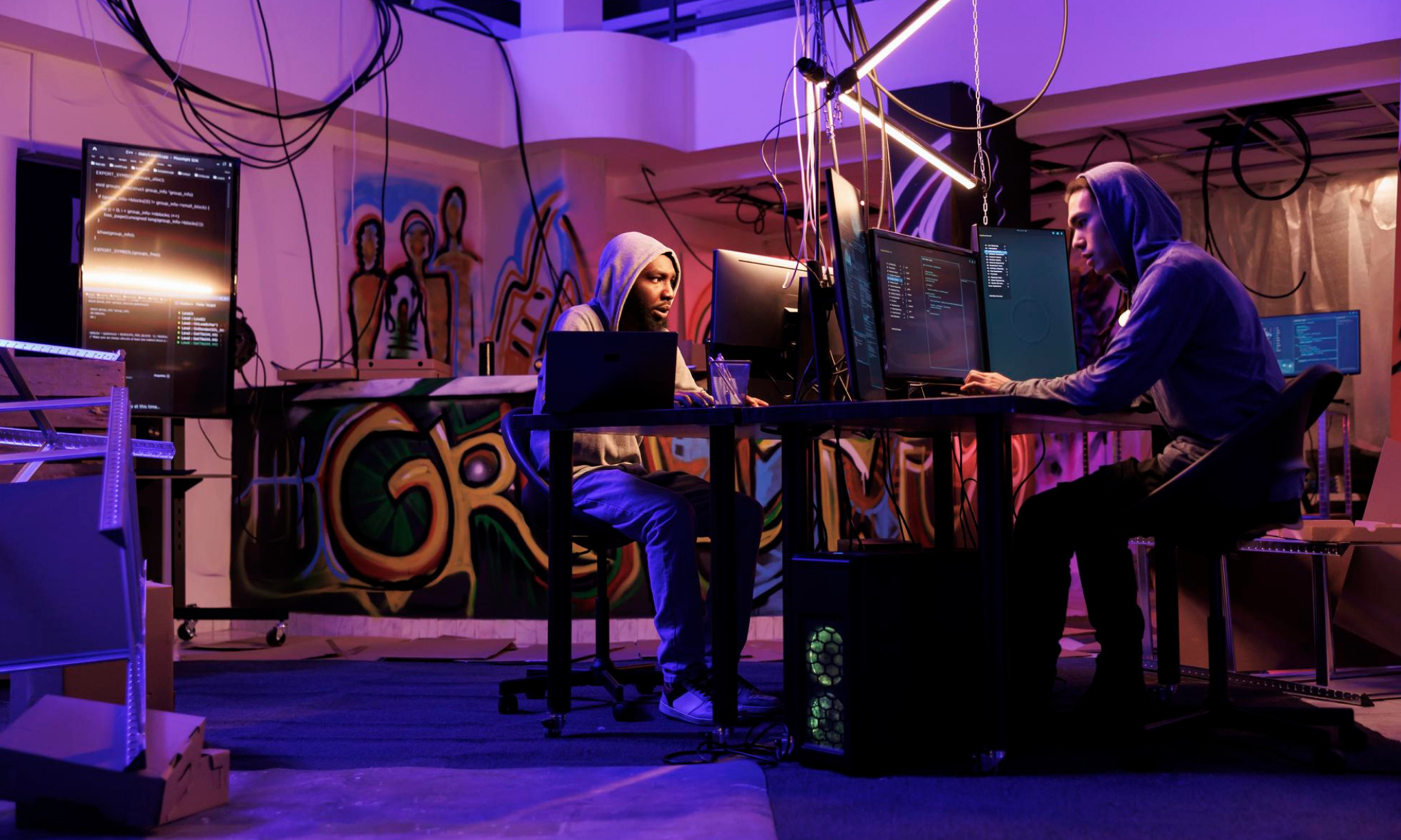At its core, game development is the process of creating a playable digital experience that combines art, story, design, and technology. Whether you’re building for PC, console, or mobile, the process of developing a video game follows similar steps: concept creation, pre-production, development, testing, and publishing.
A typical development team includes game designers, programmers, artists, sound designers, and project managers. Their combined efforts shape the final experience – from gameplay mechanics and visuals to performance and optimization. Each role adds a layer of cost, which is why even small games require careful planning and budgeting.
Related reading: Essential Guide to Game Development Stages from Concept to Launch



